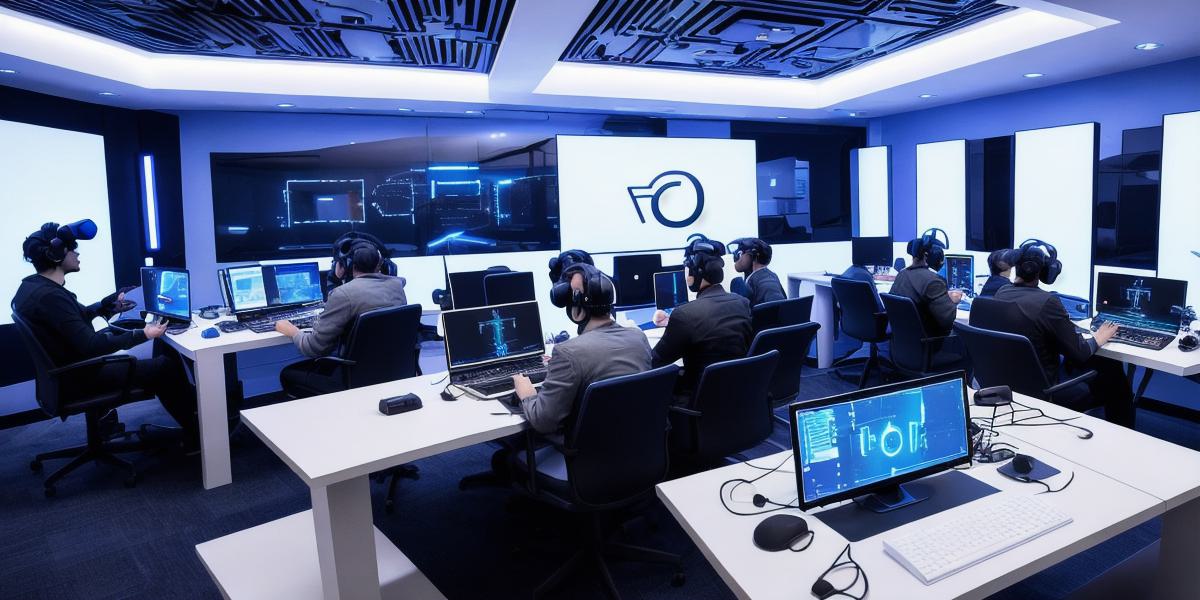How to Generate Voices for Virtual Tours: Tips and Strategies for AI Developers

Virtual tours have become increasingly popular, especially in the real estate industry, but how can you make your virtual tour stand out? One solution is to add a human touch by generating realistic voices for your virtual tour. In this article, we will discuss some tips and strategies for AI developers on how to generate voices for virtual tours that will engage and attract visitors.
- Understand the basics of voice generation
Before diving into voice generation, it’s important to understand what it is and how it works. Voice synthesis is a technique used to create a human-sounding speech output from text or other digital data. There are several types of voice synthesis, including text-to-speech (TTS) and waveform conversion. - Choose the right voice
There are many different voices available for voice synthesis, so it’s important to choose the one that best fits your virtual tour. Consider the tone, pitch, and accent of the voice, as well as its gender and age range. You can also create your own custom voice by using a tool like Deep Voice or eSpeak. - Write engaging content
The key to a successful virtual tour is engaging content that will keep visitors interested. This means writing clear and concise descriptions of each room or area, as well as including interesting facts and trivia. You can also use sound effects and music to enhance the experience. - Use natural language processing (NLP)
NLP is a powerful tool that can help you generate more realistic and natural-sounding dialogue for your virtual tour. By analyzing the text of your virtual tour, NLP algorithms can help you identify key phrases and sentences, as well as the most appropriate tone and pace for each section. - Test and refine
Once you have created your voice for your virtual tour, it’s important to test it thoroughly and make any necessary adjustments. You can use A/B testing to compare different voices and see which one resonates best with your target audience. You can also gather feedback from visitors to improve the overall experience.
In conclusion, generating voices for virtual tours is a powerful way to engage and attract visitors. By understanding the basics of voice generation, choosing the right voice, writing engaging content, using NLP, and testing and refining your voice, you can create a virtual tour that stands out from the rest. So, start experimenting with different voices and see which one works best for your virtual tour.








